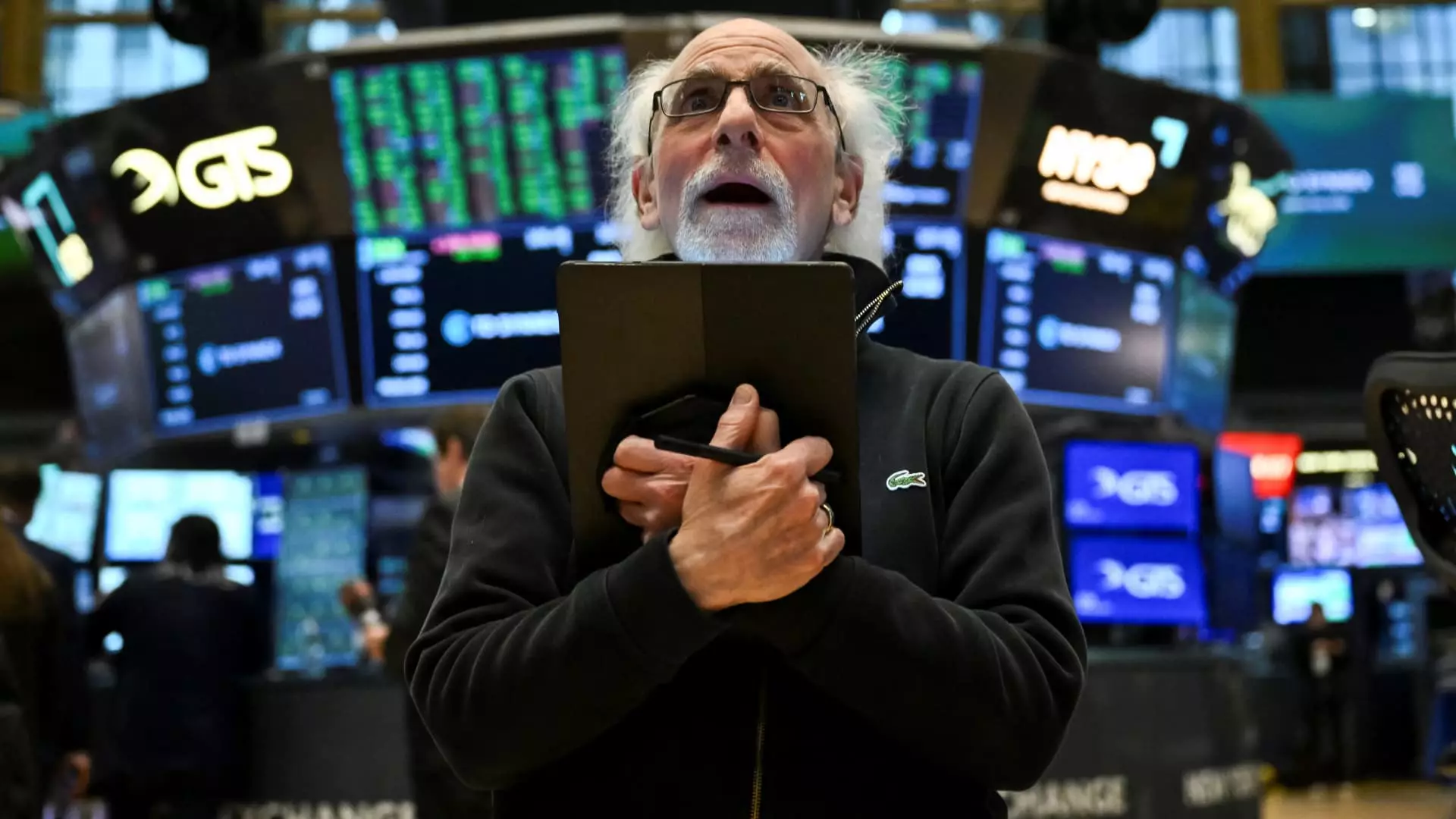In an astonishing episode characteristic of modern stock trading, hedge funds faced an unexpected short squeeze that flipped pre-conceived notions of market predictability upside-down. This phenomenon took place during an abrupt spike in U.S. stock prices, which illuminated the fragility of short-selling strategies amid a volatile landscape. Investors who believed they could anticipate market movements based on quantifiable data learned a painful lesson about the unpredictability of human behavior in trading. When thousands of hedge fund shorts rushed to close their positions en masse, they created a rally that was not just notable, but record-breaking.
Short selling is typically a calculated risk, a strategy employed by fund managers who believe that a drop in stock price is on the horizon. However, what happened was a stark reminder of how psychology can drive market trends—traders became gripped by fear and found themselves trapped in what can only be described as a chaotic exit. When the S&P 500 witnessed its third-largest gain since World War II, it became clear that these so-called experts were not as infallible as they had led us to believe.
The Cycle of Fear and Greed
The sharp fluctuation in stock prices also reflects a pervasive psychological imbalance between fear and greed that drives traders mad in bullish and bearish markets alike. As the S&P 500 climbed by 9.5%, it did not merely rally on the news of a temporary tariff pause; it turned into an avalanche of forced buying action among hedge funds desperate to curb losses. This blind dash highlighted an intrinsic flaw in their short-selling strategy: the crowding effect. Market participants scramble to exit their positions, effectively creating a feedback loop that exponentially powers stock growth.
Traders saw short-covering become the dominant narrative, with comments revealing how the urgency in closing their positions created an illogical and often chaotic buying spree. The fact that as much as $30 billion in shares traded hands in one day speaks not to market confidence, but rather to the unraveling panic among investors who found themselves on the wrong side of the trade. In moments like these, traders display vulnerability that can be unexpectedly captivating—perhaps reflecting a broader trend in human psychology rather than purely analytical acumen.
The Role of Market Liquidity
Liquidity is another critical dimension of this scenario that cannot be ignored. As trading volumes skyrocketed to unprecedented levels, analysts were left questioning whether the foundational components of a healthy trading environment were being sacrificed for these sensational price swings. Goldman Sachs identified the shrinking options for stock futures as a contributing factor that allowed for exaggerated price movements. So not only were we observing panic and urgency among short-sellers, but we were also confronting the reality of a thinly layered market susceptible to dramatic swings with minimal input.
These extravagant price fluctuations beg the question: Are we in a new era where the fundamental principles of investing are being bypassed in favor of speculative moves? If traders remain cautious, we could be in for a cycle of continued volatility as positions are hemmed in by both outstanding shorts and panic trades.
The Market’s Lingering Risks
While the immediate aftermath can seem thrilling or invigorating, traders would be naive to overlook the complicated tapestry being woven behind these market moves. The sustainability of such exponential growth is underquestioned, especially as ongoing geopolitical tensions linger and tariffs present economic challenges. The trading desk at Bank of America aptly observed that the mountain of remaining short positions indicates that the potential for ongoing volatility is far from over; the market is not out of the woods yet.
The trader community must come to terms with the reality that the economic environment is still unstable, and that tactical shorts — though often viewed with skepticism — will continue to serve as a hedge against this unpredictability. Observers who call for stability in market trading ought to prepare for the distinct possibility that once volatility returns, it can lead to further short covering and unforeseen market movements.
The experiences of these hedge funds highlight a significant lesson: relying solely on analytical models has its inherent risks when human behavior introduces unpredictability into the financial markets. As we observe ongoing market activity, one must not ignore the cyclical nature that governs Wall Street, steered significantly by traders’ collective psyche.

